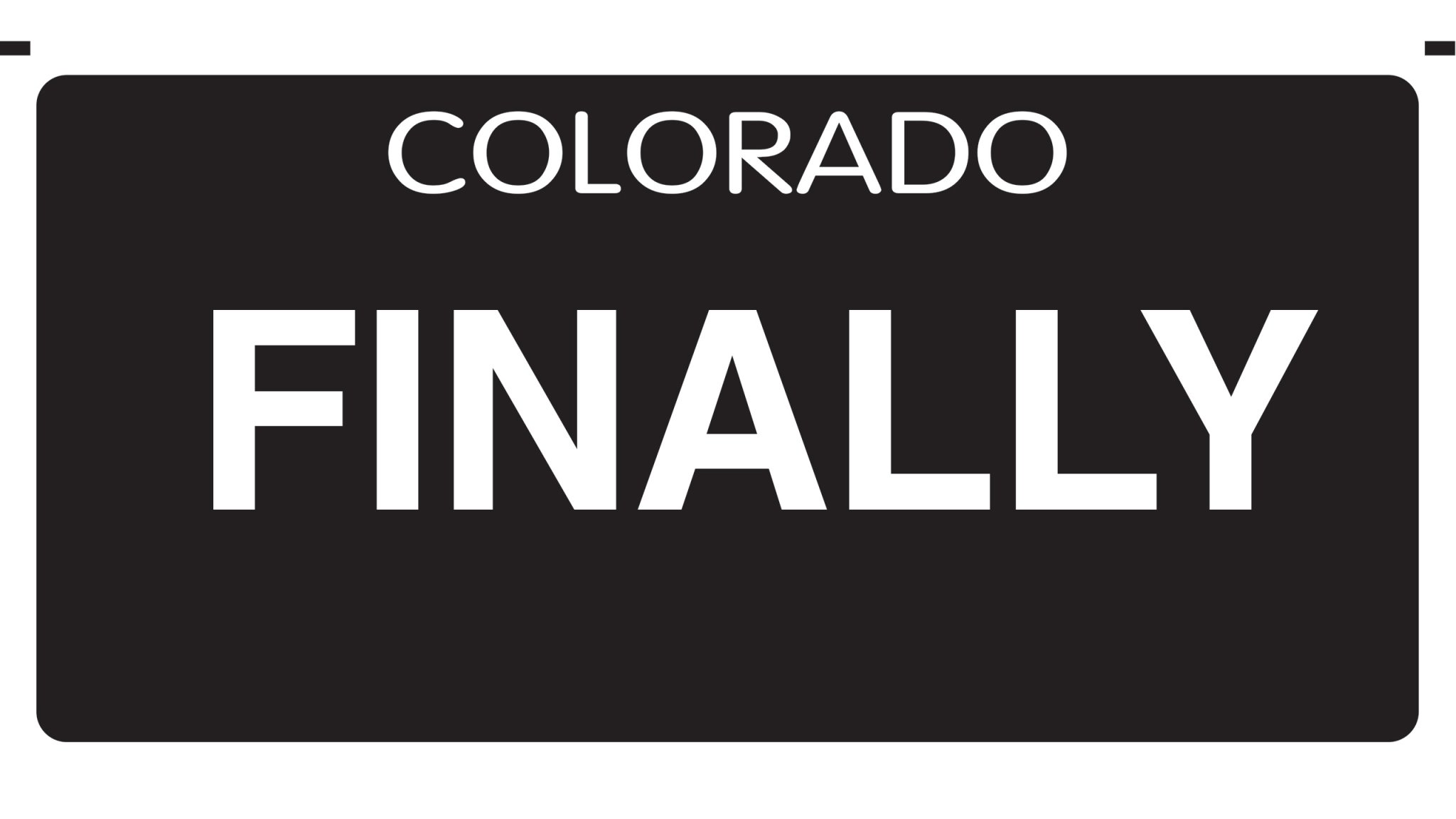

What’s on the back of my car is always on the back of my mind. The average commute for Americans is 27.6 minutes each way, according to Census data. That means most of us spend roughly one hour per day, 4.5 hours per week, or nearly 10 days a year staring at plates in front of us. If your commute is longer, it’s likely you spend more time each year staring at those plates than you do on vacation. That’s a sobering reality—unless that vacation is one of those all-inclusive things where you can pour your own booze. Then choose your own adventure, pal.
But back to license plates. I think about license plates because, historically speaking, I don’t have much else to do in traffic. I think deeply about the classics: Oregon’s blue plate, Michigan’s similar “Winter Wonderland” plate, and Delaware’s classic look. My home state of Colorado? Eh. Not great. A friend of The Drive and a friend of mine, whose name I won’t drop because I’m not the type, once wondered aloud to me that any state with nature on the plate can’t have a fully formed social hierarchy. I’m not sure what the basis of his theory was (Massachusettes has a very stodgy upper crust and nature on their Nantucket plate) but he’s a relatively good take-haver and his opinions are, for the most part, his alone—although he’s entertaining as all hell. Colorado’s classic plate is white mountains on a green backdrop … and it’s fine. When it came time to get my own, my wife opted for the Adopt a Shelter Pet for hers, but mine wasn’t so easy. One of the state plates available to me at the time was a Rocky Mountain National Park plate, which required a donation to the National Parks Fund, which I was happy to make. Then COVID happened, and plates were harder to find than dinnerware at a food truck because every government agency on the planet effectively stopped, even state prisons where roughly 80% of the license plates are still made. Instead, I opted for the state flower, a Columbine, and “Respect Life.” At the time, I didn’t think it could mean more than just remembering a high school in Littleton.
Not anymore. Colorado revived three classic plates from its own history this year: red, blue, and my new favorite, black. I’ve seen more California black plates than any other, but black plates are an instant-in on classy—regardless of what I’ve been told. Colorado and California aren’t the only states with black plates now: Iowa, Wisconsin, Texas, New York, Tennessee, and more.
Plates have evolved beyond just a registration to reflect more than just ourselves, whether via vanity plates or design. They’re a reflection of our tastes. Broadly speaking, flatter, simpler, smarter, and easier to read is in—at least design-wise. Out? Complicated, crammed, or convoluted. (Looking at you, Wyoming.) I’d like to think that my tastes are in line with the times, even though I’m in my 40s. What’s more, what’s old is new again, and I’m hoping that bodes well for the rest of my personal preferences for jazz, baseball, and competitive F1 races.
If I can’t have all the above, I’ll take my Colorado black plate and give something to the people behind me to look at on my own car, which is hopefully more interesting than the phone in their hands. And while I don’t completely understand my friend’s theory that nature on a plate is a signal of a mature society within a state, I can certainly say Colorado has arrived at some level of classiness. Thanks Doug, but I think you might be wrong on this one.
Got a tip? Send it in to tips@thedrive.com